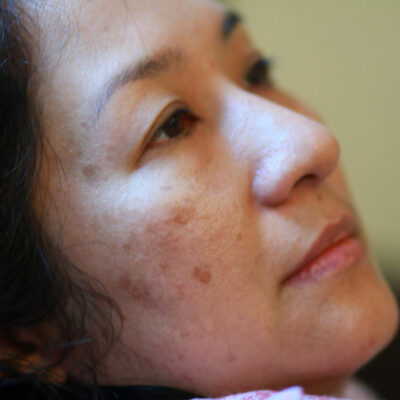
Symptoms
Colitis – Symptoms and Treatment Methods
Usually, an inflammation of the colon (also referred to as the large intestine) is known as colitis. It is a disease that has varied symptoms in different people. Colitis can be of different types such as: Microscopic colitis Ischemic colitis Inflammatory bowel disease colitis (ulcerative colitis or Crohn’s disease) Chemical colitis Pseudomembranous colitis Infectious colitis such as food poisoning, and infections caused by bacteria or parasites Depending on the type of colitis you have, your symptoms can vary. To pick the right treatment for colitis, it is crucial to get an accurate diagnosis. Here is a list of some colitis symptoms that will help you understand when you should consult a healthcare professional. Symptoms of colitis According to various medical study reports, most of the times, colitis is associated with diarrhea and abdominal pain. Pain caused by inflammation The muscle layers undergo intermittent spasms due to colon inflammation. This intermittent spasm causes cramp-like or colicky pain, which comes and goes. Usually, the affected person feels this pain in the lower abdomen. However, you might feel this pain at any point along the course of the colon. Due to the colitis, the body is unable to reabsorb water properly because any ingested food or drinks move through the colon rapidly as the muscles cannot contract in their regular pattern.



















